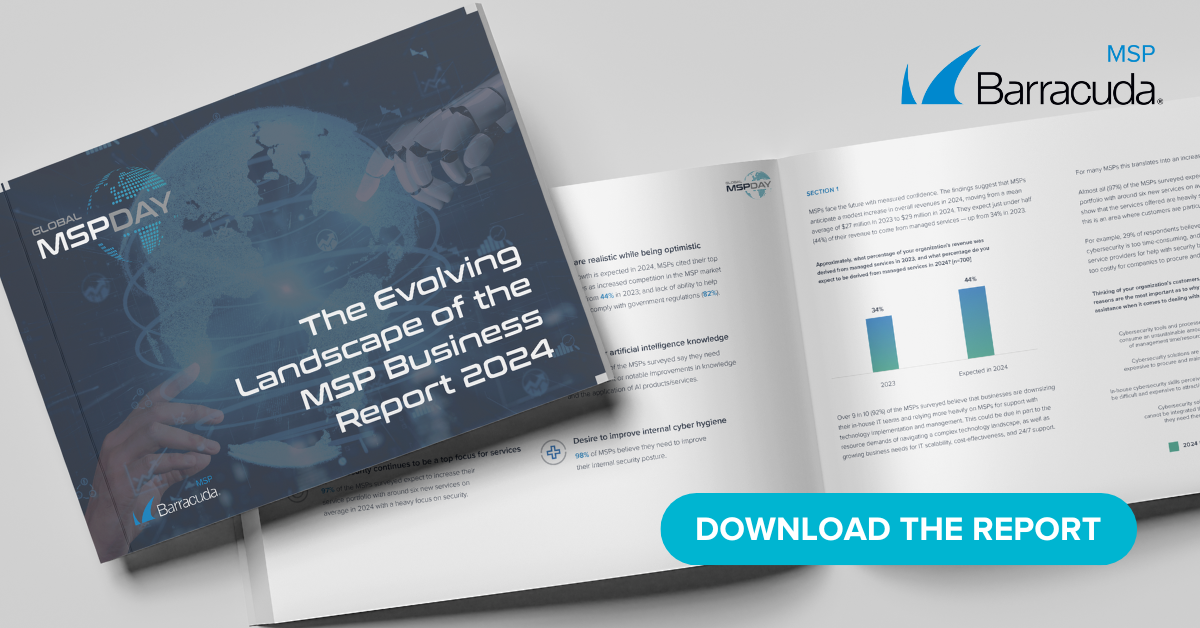It appears that more organizations are looking for some relief as a spate of IT spending growth from the start of the COVID-19 pandemic begins to kick in.
A survey of 1,000 IT decision-makers in the U.S. and UK conducted by Orbus Software, a provider of a cloud-based platform for managing digital processes, finds technology spending has increased on average by 43 percent since the start of the pandemic.
The impact of new technology
The most common reasons for increased IT spending, according to the Orbus Software survey, are new technology to support working from home and hybrid working (71 percent), rising technology costs (69 percent), and additional IT regulations (56 percent).

However, when it comes to new technology, only 30 percent of respondents report that all the new technology has brought tangible value. Just over half said most of those initiatives have added tangible value. A full 62 percent also noted there is a gap between what companies are trying to do versus what they actually achieve.
As a result, a total of 80 percent of respondents report they have either added (34 percent) or have plans to onboard (46 percent) some type of enterprise architecture tool to help either close that gap (46 percent) or reduce overall technology costs (47 percent). Other benefits cited by such tools include reduced complexity (41 percent) and the need for greater visibility into the cloud (39 percent).
IT spending patterns return to normal
Overall, the survey also finds most respondents (79 percent) reporting that all or most of the technology purchases over the past 24 months have been pre-planned, compared to 13 percent who say they have been last minute. The survey also reveals that 95 percent have a technology roadmap in place to help make informed technology purchases. Those plans range for as long as anywhere from six months (26 percent) to 12 months (37 percent) to 18 months or longer (33 percent).
Collectively, the survey sends a clear signal that IT spending patterns are slowly starting to return to normal. The days when organizations were in a panic and threw money at IT projects that they hoped would enable remote workers to drive digital business transformation initiatives, are all but over. A more measured approach to IT spending that has major implications for managed service providers (MSPs) is now taking hold.
Shifting back to business as usual
IT is in the wake of the pandemic and is clearly becoming more crucial to the business, now more than ever. But as always there are other functions within the business competing for budget dollars. Business executives and sales teams are starting to travel again. Capital investments that were not made during the pandemic are becoming a more pressing priority. Add that to a healthy dose of inflation and the finance team seeing a need to balance outlays against revenue flows due to the events in Ukraine being difficult to project.
Instability has always tended to benefit MSPs. IT spending on services runs counter-cyclical to the overall economy. The more economic turmoil there is the more likely organizations will want to consume IT as a service they can easily scale up and back as business conditions change.
None of this is new to MSPs that have long memories. The pandemic will represent a unique moment in time when spending on IT, outside of a limited number of vertical industries such as travel, lifted most boats. If anything, it is now starting to feel a lot more like business as usual.
Photo: H_Ko / Shutterstock
